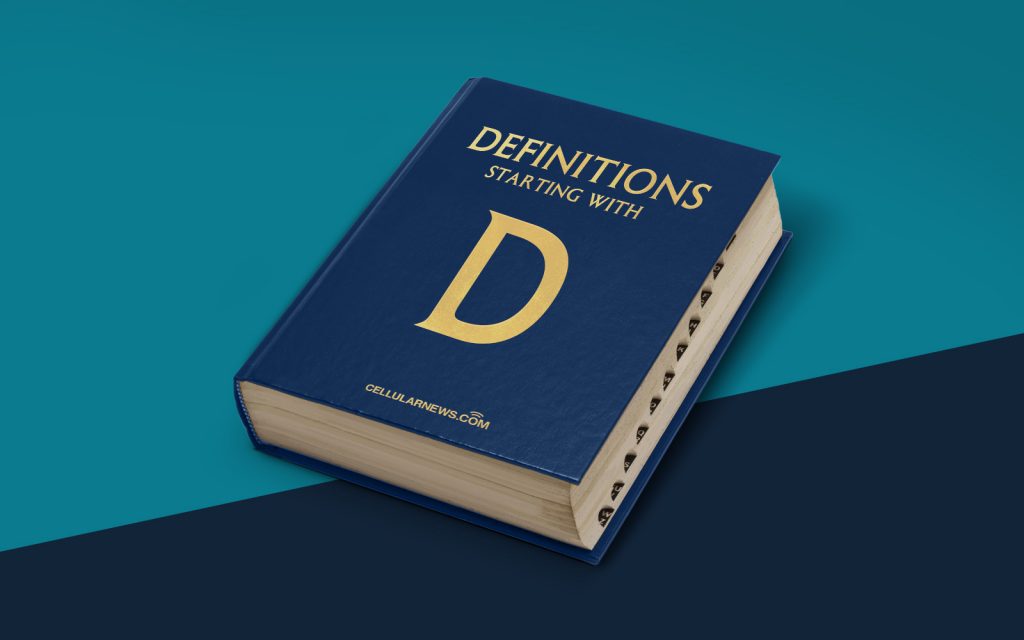
What is the Drawing Exchange Format (DXF)?
Welcome to the “Definitions” category of our blog! In this post, we will unravel the mysteries behind the Drawing Exchange Format (DXF). As an expert in the field, I will guide you through the ins and outs of this widely used file format for CAD drawings.
Key Takeaways:
- DXF is a file format developed by Autodesk that allows for the exchange of CAD (Computer-Aided Design) drawings across different software platforms.
- It is a non-proprietary format, making it highly versatile and compatible with numerous CAD programs.
Now, let’s dive into the fascinating world of DXF!
DXF, or Drawing Exchange Format, was created by Autodesk, one of the leading software companies in the CAD industry. It is a file format used to exchange and share CAD drawings across different software platforms. Whether you’re using AutoCAD, SolidWorks, or any other CAD software, DXF acts as a common language that allows seamless communication between different programs.
But what makes DXF so special? Here are a few noteworthy features:
- Compatibility: DXF is a non-proprietary file format, meaning it is not limited to a specific software or vendor. This versatility makes it the go-to choice for CAD professionals worldwide.
- Structure: DXF files consist of encoded information about graphical entities, such as lines, arcs, and shapes, allowing for accurate representation and manipulation of the original drawings.
- Easy Customization: DXF provides flexibility when it comes to customizing drawings. Users can easily extract data and modify various aspects of the design while preserving the integrity of the original file.
As DXF is widely adopted in the CAD industry, it has become an essential format for collaboration and sharing. Architects, engineers, and designers rely on DXF to exchange drawings with clients, manufacturers, and colleagues without compatibility issues.
It’s important to note that DXF is not limited to 2D drawings. With newer versions of the format, support for 3D models, annotations, and other advanced design elements has been added, further expanding its capabilities.
In conclusion, DXF is a versatile file format that plays a crucial role in the CAD industry. Its compatibility and flexible nature make it an integral part of CAD workflows, enabling seamless collaboration and sharing among professionals. So, the next time you come across a DXF file, you’ll have a better understanding of its significance.
Stay tuned for more informative posts in our “Definitions” category, where we demystify complex concepts and industry jargon!
